It’s decided that you are going to build the house of your dreams! To save money while respecting the environment, you are interested in the ecological house. The problem is that you would like to know a little more about this alternative before taking the plunge. What is a green home? According to its design and operation, it allows for reconciling ecology, energy-saving, and the well-being of the inhabitants. So, without further ado, let’s dive into this blog and learn more about green homes.
What is an ecological house?
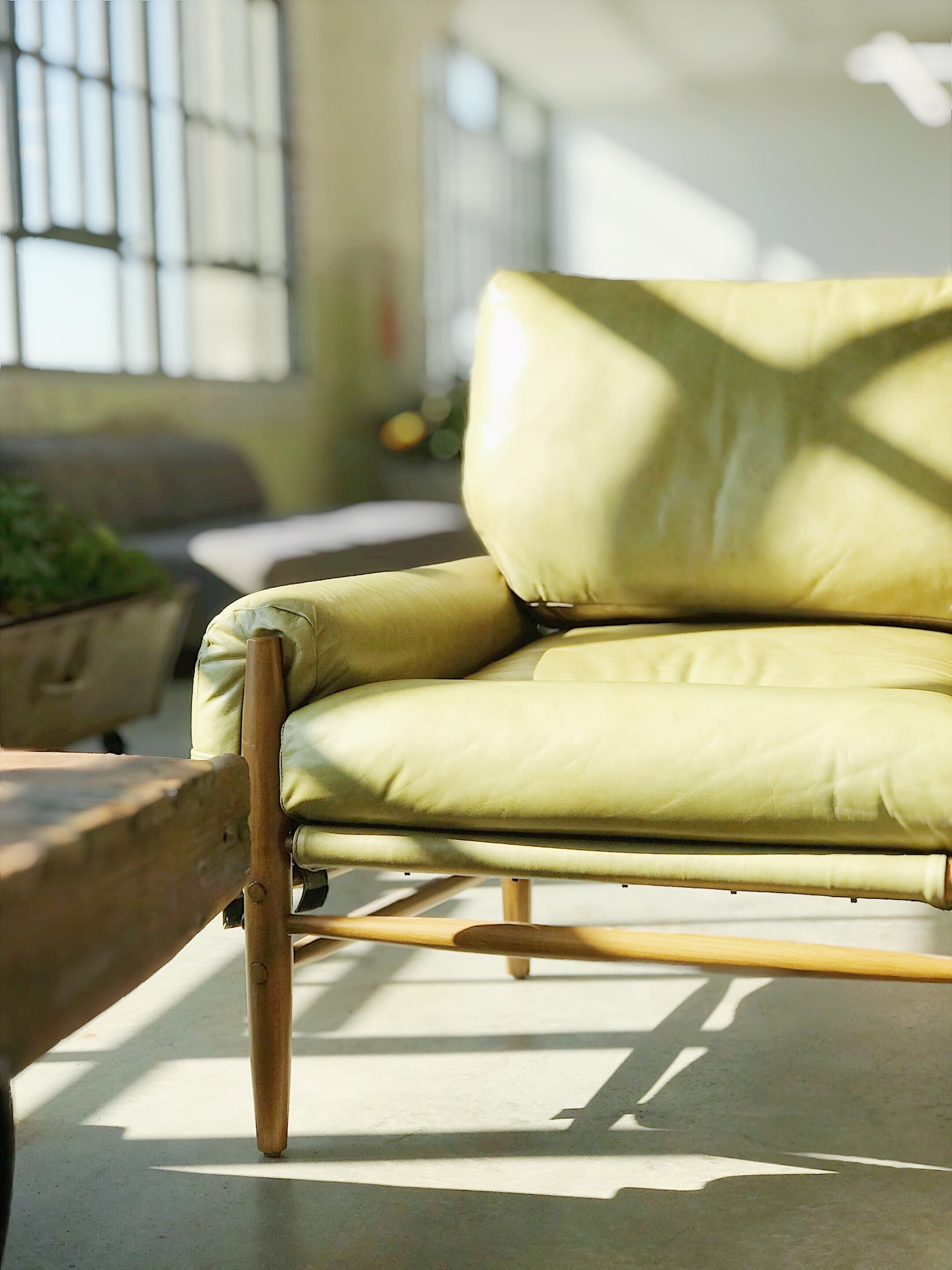
The ecological house is a type of construction that combines respect for the environment, energy performance, and health of the inhabitants. Indeed, its design and operation reduce its environmental impact by using natural, non-polluting, and recyclable materials. This alternative construction also allows for savings in heating and electricity with equipment running on renewable energy and efficient insulation. Finally, it guarantees a high quality of indoor air through the choice of non-toxic materials and an efficient ventilation system.
1. Orientation
You will have to integrate the notion of location, orientation, and sunlight. The land must be analyzed to determine the best location for the house. This study will allow you to make the most of the sun’s rays and to anticipate possible overheating in summer by planning the appropriate equipment (sunshades, bioclimatic pergolas, etc.)
The number of openings will be calculated to provide as much heat as possible but also as much light as possible to benefit from natural light for as long as possible. It will also be possible to use light conduits, which bring luminosity into blind rooms. This avoids the systematic use of electricity! The layout of your future house will be made according to the energy contributions of the sun.
2. Use renewable energies
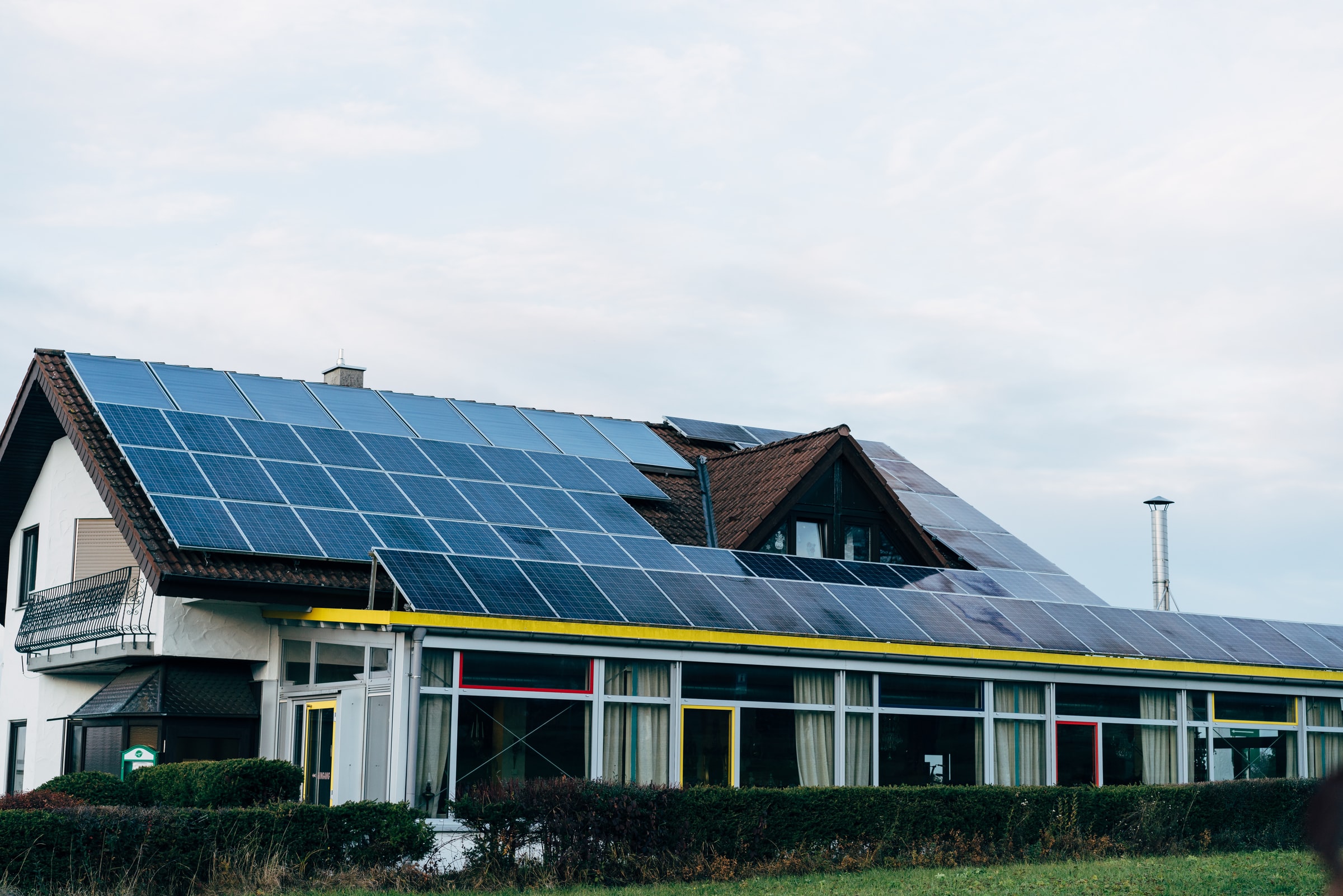
We have at our disposal energies present in nature that, free of charge, can allow us to heat ourselves, heat domestic hot water, or produce electricity: individual solar water heaters, combined solar heating, or direct solar floor; photovoltaic panels, or even solar air conditioning! Geothermal or aerothermal heat pumps allow you to heat your home by using the calories present in nature, so why do without them? The objective is also to get rid of combustible energies, which are always more expensive.
3. Heating and domestic hot water
Have an efficient ecological heating system installed, which will allow you to use renewable energy to heat your home and produce domestic hot water. Thus, the air-water heat pump allows you to produce both heat and domestic hot water, using calories from the outside air and a little electricity. This system works autonomously, maintains a constant temperature in your home, and reduces your heating bill. A heat pump of this type only works with low-temperature radiators and/or underfloor heating.
You can also opt for a wood-burning stove, which provides a constant and gentle heat. Preferably choose a wood pellet stove because their output is greater than that of logs, and they are fuels from wood waste (sawdust), so they are more environmentally friendly. Note that some wood stoves can also produce hot water.
Another possible solution is solar heating. Thermal collectors installed on the roof of the house store solar energy and transmit it to a water heater and/or underfloor heating. Although this system uses only solar energy to operate, it must be combined with a wood stove to operate continuously. Even so, solar heating can reduce your heating bill by 50%.
4. Insulate for a comfortable house
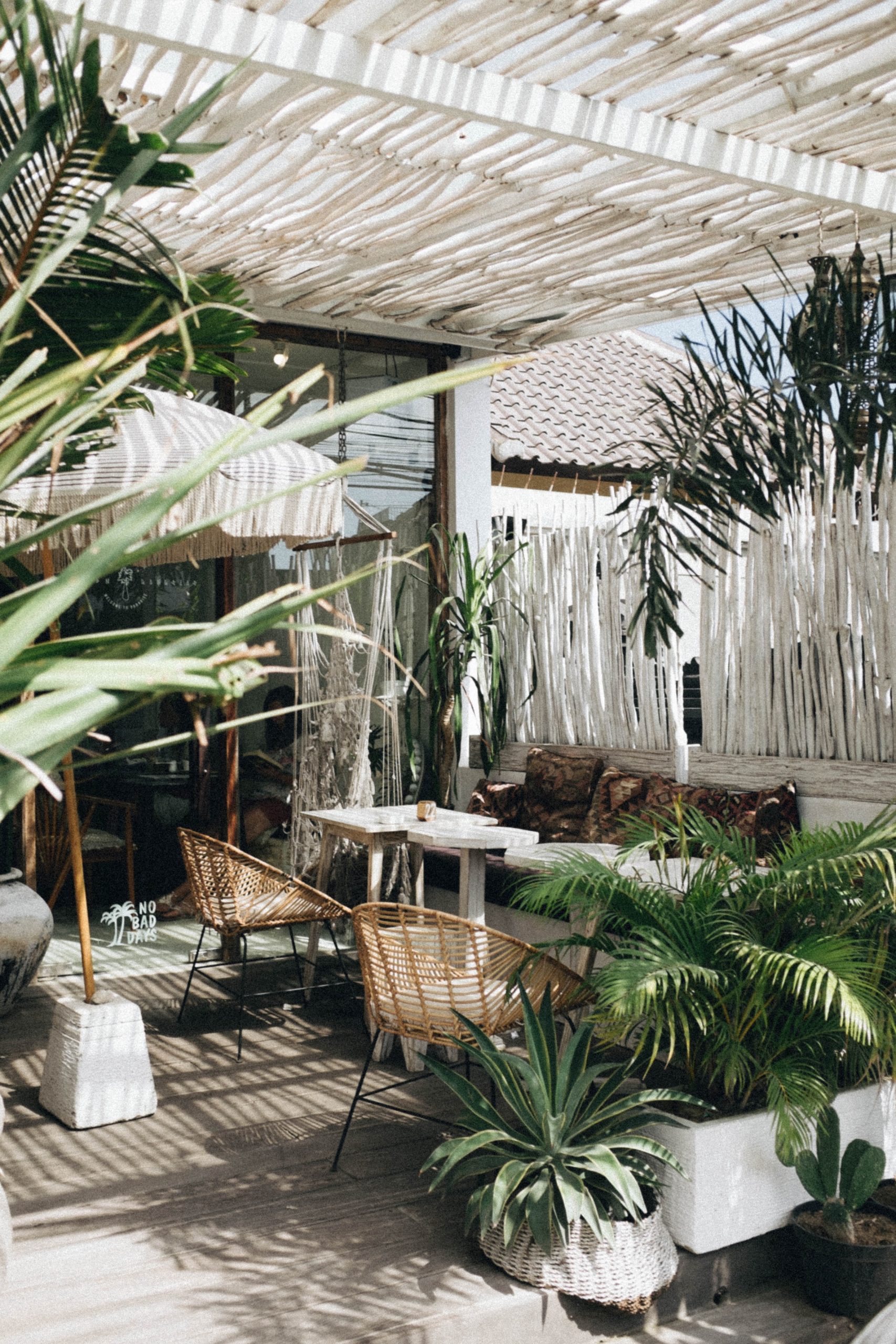
A well-insulated house is a house that keeps the heat produced by your heating system and prevents the cold from entering. For this ecological insulation, you opt for non-polluting materials by favoring natural insulators. The opposite is also observed in summer, with the conservation of cool rooms.
5. Ventilation
In a house, ecological or not, the ambient air must be regularly renewed to preserve its occupants’ health and avoid problems related to humidity (condensation and mold, in particular). If it is possible to set up natural ventilation, installing mechanical ventilation is often recommended and more effective.
It is preferable to install a double flow CMV, which strongly limits heat loss while using the calories extracted from the indoor air to heat the incoming air. In addition to filtering outside pollutants, this type of installation can save up to 15% on your heating bill. You can also opt for a humidity-sensitive single flow CMV, which is more economical but less efficient, increasing its suction flow when the indoor humidity level exceeds a certain threshold.
Looking for help?
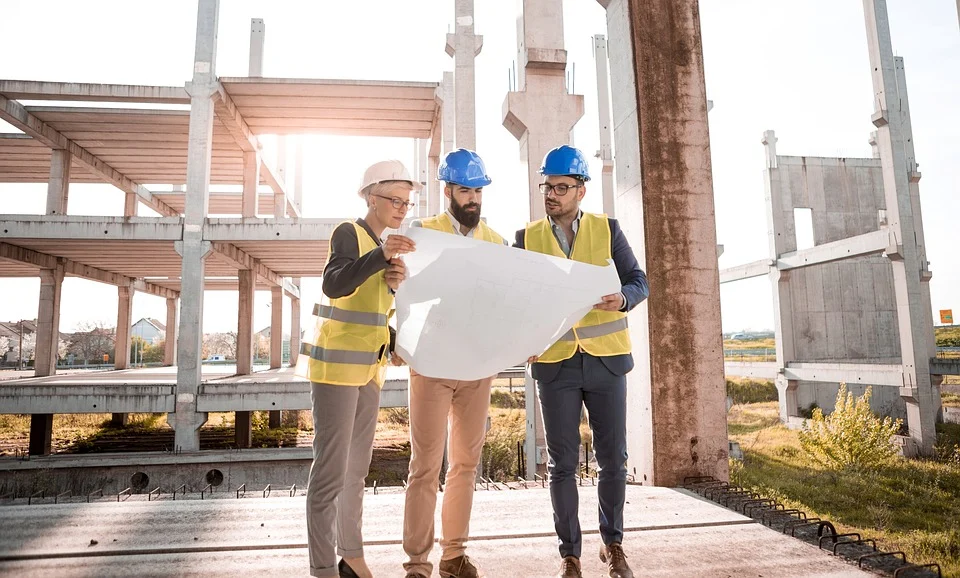
Are you looking for a registered building surveyor? Then look no further because Info Building Permits is here to help you out with all your needs. They have almost 2 decades of experience in this industry, which is why they are the leaders in building surveyors in Australia. So, what are you waiting for? Give them a call today for more information.
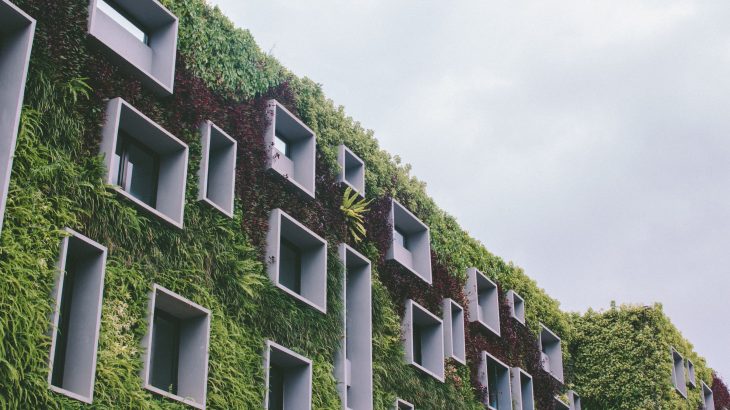



















3 thoughts on “Top 5 Things You Need To Know About Building A Green Home”